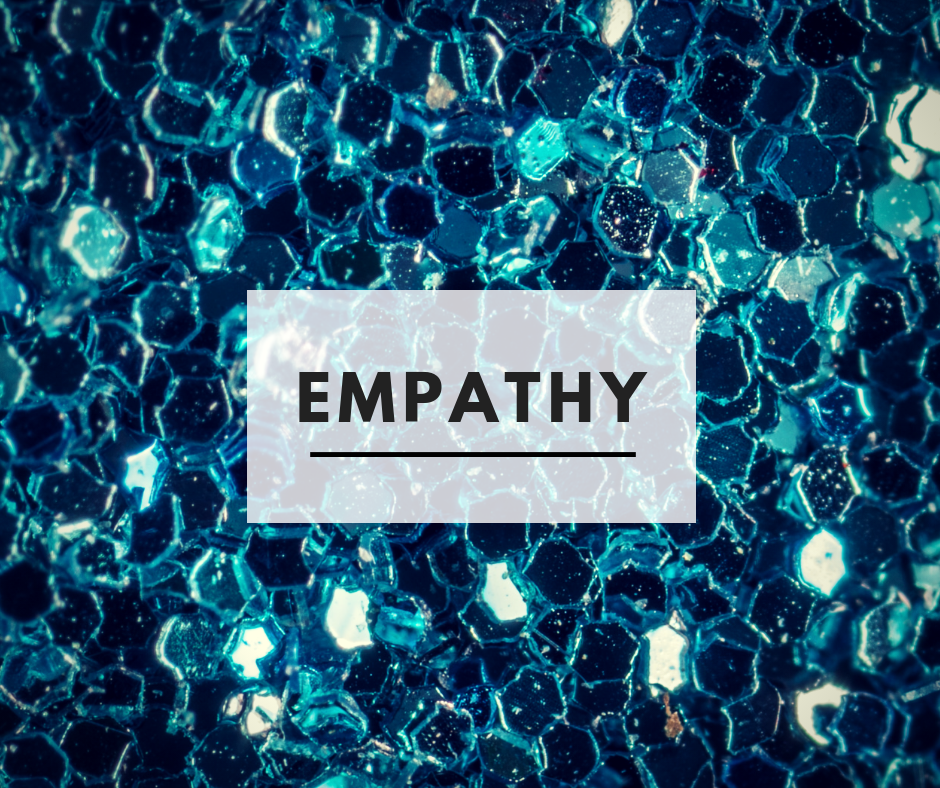Truth be told … until I started working on our projects to design educational supports for adult basic skills education, I don’t think “empathy” for the learner played a huge part in my design decisions. Sure, I thought of the learners, but more as some set of characteristics and/or demographic data. From what I see out in the wild, most designers operate the same.
Also, a lot of output that I see could be deconstructed to, “People [with this set of characteristics] need to know about [insert topic … and if we’re lucky … a problem/task], so here is information to tell [them] about [that]”. I’m desperately trying to stay off a soapbox here, but we (as a field) need to do a whole lot better than this as our design output. Not only is information not instruction (h/t to Merrill), but where in most designs is empathy for the learner? How will they use this instruction? How will we meet them where they are? How will we help them to engage with the material?
As I noted, now that I’ve shifted my focus to adults working to improve their literacy skills, I would need a stone heart not to have empathy. Our work now incorporates elements of empathic design, including videos that introduce our learners “in their own words” to the designers.
Assume for a minute I told you that we were designing online learning modules for 4th-grade students in a “flipped classroom”. In this case, let’s pretend the design specs called for time in the classroom with the teacher to be augmented by time working on reading or assignments at home. You would have a pretty good idea about what a 4th grader is like, because you either raised one or you were one.
I could also mention some statistics about home internet and broadband access, including that less than 25% of adults without a high school diploma (e.g., the potential parents of some of your 4th graders) have home broadband, or that 31% of adults making $30,000 or less are smartphone dependent. Would that impact your design? Maybe, but most of your 4th-grade learners can use the internet at home, and the rest can get access at school or at the library, right? Now, watch the video below and circle back to the questions below.
How might your design decisions be different after watching this video? Why? With hope, this video has given you empathy that statistics, vague characteristics, and demographic data could not. Also, with hope, this empathic connection would make your design decisions better for your learners. How? I’ll leave that up to you.
